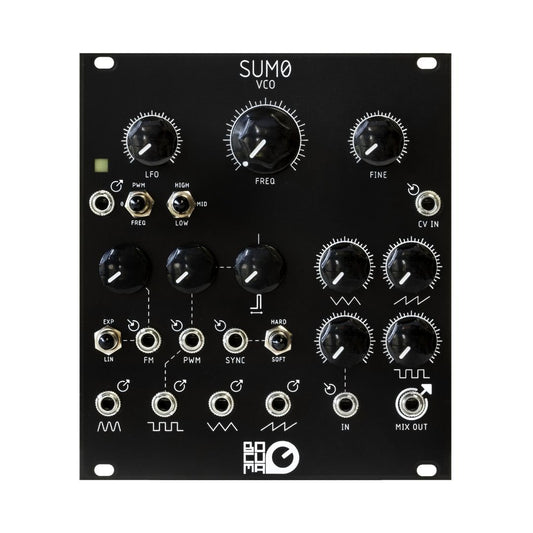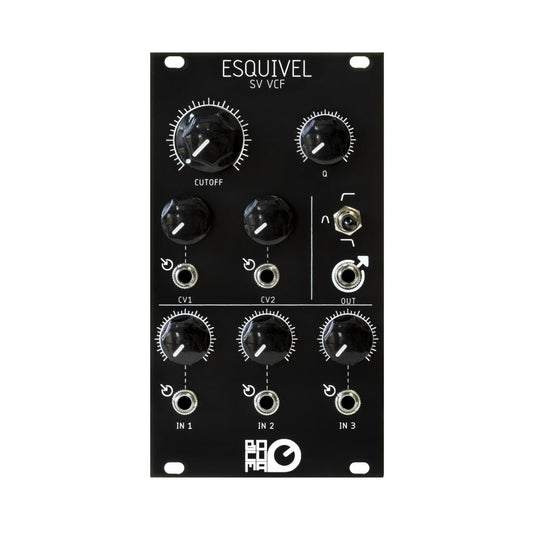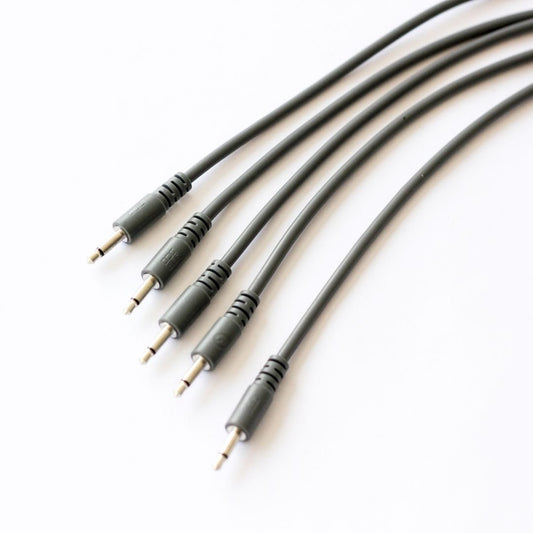The Basics of Subtractive Synthesis: A Beginner's Guide to Crafting Sounds
Introduction
Have you ever wondered how your favorite electronic music artists create those mesmerizing and unique sounds that make you want to dance? The secret often lies in a fascinating technique called subtractive synthesis. While it might sound complex at first, fear not! In this beginner-friendly guide, we will break down the basics of subtractive synthesis step by step, making it easy for you to dive into the world of sound design and create your own amazing sounds.
What Is Subtractive Synthesis?
To begin our journey into subtractive synthesis, let's start by understanding what it is. Subtractive synthesis is one of the most common methods used to create electronic music sounds. At its core, subtractive synthesis is the art of shaping and sculpting sound by starting with a complex wave (usually a sawtooth or square wave) and then "subtracting" or filtering out certain frequencies to create a new and unique sound.
Think of it like a sculptor starting with a block of marble and chiseling away parts to create a beautiful sculpture. In subtractive synthesis, we start with a rich, harmonically-rich sound and filter it down to our desired result.
Key Elements of Subtractive Synthesis
Now that we have a basic understanding of what subtractive synthesis is, let's explore the key elements that make up this fascinating process:
1. Oscillators (also known as VCOs or Voltage Controlled Oscillators):
- Oscillators are the sound generators in subtractive synthesis. They produce raw waveforms, such as sine waves, square waves, sawtooth waves, and more. These waveforms serve as the starting point for creating sounds. A great example of a VCO is our beloved SUM0.
2. Filters (can also be referred to as Voltage Controlled Filters):
- Filters are the heart of subtractive synthesis. They allow you to shape the sound by selectively attenuating or boosting specific frequencies. Common filter types include low-pass, high-pass, and band-pass filters. Take for example our filter module Esquivel, which has the three types on a single module.
3. Envelopes:
- Envelopes control how a sound evolves over time. They consist of four main stages: Attack, Decay, Sustain, and Release (ADSR). Envelopes can shape the volume or other parameters of the sound.
4. Modulation:
- Modulation is the process of adding movement and dynamic changes to your sound. LFOs (Low-Frequency Oscillators) and modulation envelopes can be used to modulate parameters like pitch, filter cutoff, and more.
Building Blocks of Sound
Before diving into the details of how to create sounds with subtractive synthesis, let's take a moment to understand the building blocks of sound:
1. Pitch:
- Pitch refers to how high or low a sound is. In subtractive synthesis, pitch is typically controlled by adjusting the frequency of the oscillator.
2. Timbre:
- Timbre is the unique quality or color of a sound. It's what makes a piano sound different from a guitar. Subtractive synthesis allows you to manipulate timbre by using filters and modulation.
3. Dynamics:
- Dynamics refer to how a sound changes in volume over time. Envelopes play a crucial role in shaping the dynamics of a sound.
4. Texture:
- Texture describes the thickness or complexity of a sound. You can create different textures by layering multiple oscillators and applying various filters and modulation techniques.
Crafting Your First Sound
Now that we have a solid foundation, let's walk through the process of creating your first sound using subtractive synthesis:
1. Start with an Oscillator:
- Begin by selecting an oscillator waveform, like a sawtooth or square wave. This will be the raw sound source.
2. Shape the Sound with Filters:
- Apply a low-pass filter to your oscillator. This filter allows lower frequencies to pass through while attenuating higher frequencies. Adjust the filter cutoff frequency to shape the sound's timbre.
3. Add Envelopes:
- Apply an envelope to control the volume of your sound. Set the Attack time to control how quickly the sound reaches its peak, Decay to determine how it drops, Sustain for the level it holds, and Release for the fade-out.
4. Experiment with Modulation:
- To add movement to your sound, experiment with modulation. For example, use an LFO to gently modulate the filter cutoff frequency or the pitch of the oscillator.
5. Layer and Experiment:
- To create more complex sounds, you can layer multiple oscillators with different waveforms, filters, and modulation settings. Don't be afraid to experiment and trust your ears.
Conclusion
Subtractive synthesis is a powerful tool that allows you to create a wide range of sounds used in electronic music and beyond. By understanding the key elements of subtractive synthesis, mastering the building blocks of sound, and experimenting with oscillators, filters, envelopes, and modulation, you'll be well on your way to crafting your own unique sounds and embarking on an exciting journey in sound design. So, grab your synthesizer, start experimenting, and let your creativity soar!





